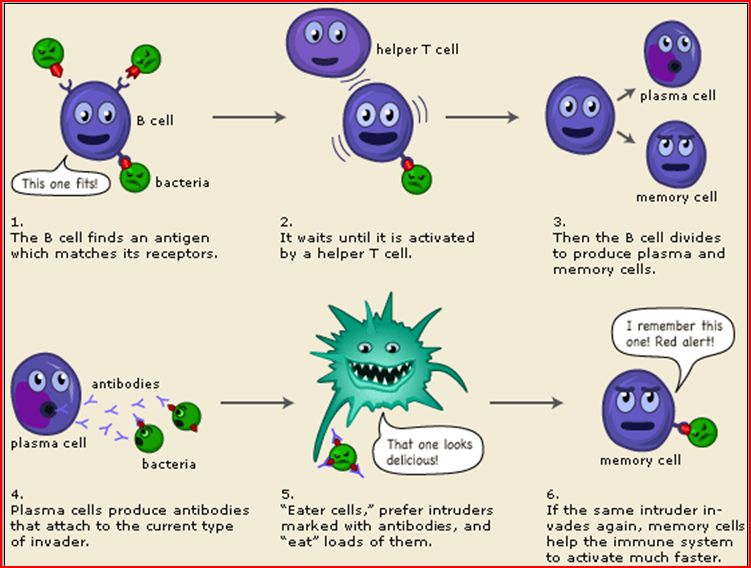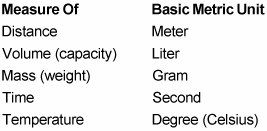Skin Facts
SPF= Sun Protection Factor
SPF 15- means if you burn in the
sun after 10 minutes, then with the SPF 15, you can stay in the sun 150 times
longer (10 X 15= 150) before burning.
·
SPF 15 filters about 93% of the sunlight.
·
SPF 30 filters about 97% of sunlight. (30 is not twice as strong as 15!)
UVA vs UVB-
UVA= Long
light waves—responsible for wrinkles
UVB= Short
light waves—responsible for tanning/burns
UV light is the
main cause of non-melanoma cancers!!
Wrinkles:
·
Skin ages all over the
body, but much more so where there has been sun exposure. Changes brought on by
sun damage (photoaging) include "dryness" (really roughness),
sagginess, skin growths like keratoses ("liver spots"), and wrinkles.
·
Wrinkles in turn can be
divided into two categories; fine surface lines and deep furrows. Wrinkle
treatments are in general much more effective for fine lines. Deeper creases
may require more aggressive techniques, such as plastic surgery.
·
Factors that promote
wrinkling include smoking; skin type (people with light-colored skin and blue
eyes are more susceptible to sun damage); heredity (some families wrinkle
more); hairstyle (depending on how much skin is covered by hair and protected
from the sun); dress (again, by determining which skin is exposed); and
occupational and recreational sun exposure over the course of many years.
·
Treatments available for
wrinkles include medical treatments (such as vitamin A acid, alpha hydroxy
acids, antioxidants, and moisturizer) and cosmetic procedures (such as glycolic
acids peels, deep peels, dermabrasion, laser resurfacing, surgical procedures,
and Botox).
·
The
number of epidermal cells decreases by 10% per decade and they divide more
slowly as we age making the skin less able to repair itself quickly. The epidermal cells become thinner and less
sticky.
Tattoos:
Permanent insoluble
ink that is placed about 1 millimeter into the dermis layer of the skin.










 Procedures for Coronary Artery Disease:
Procedures for Coronary Artery Disease:

